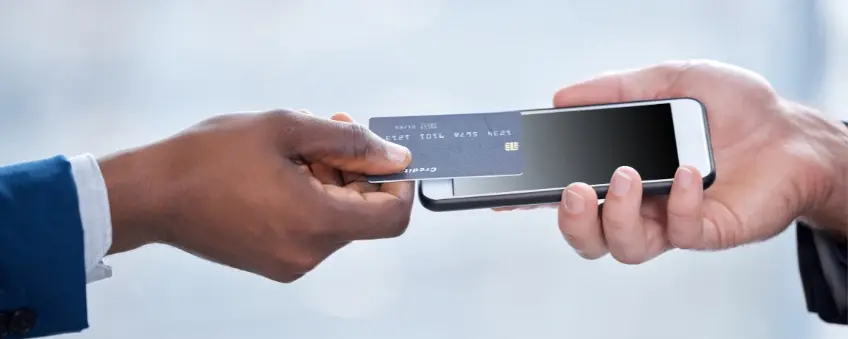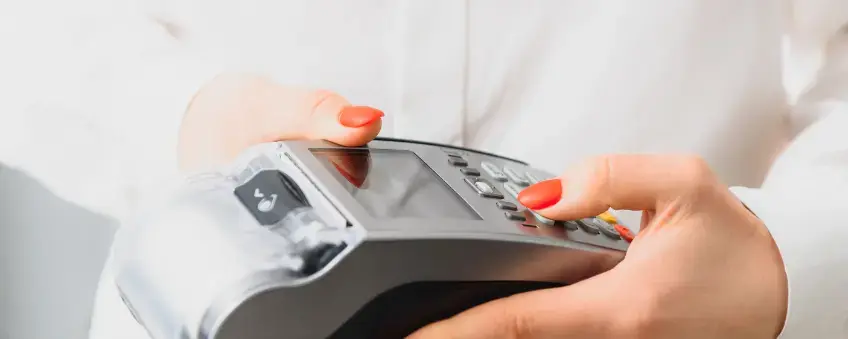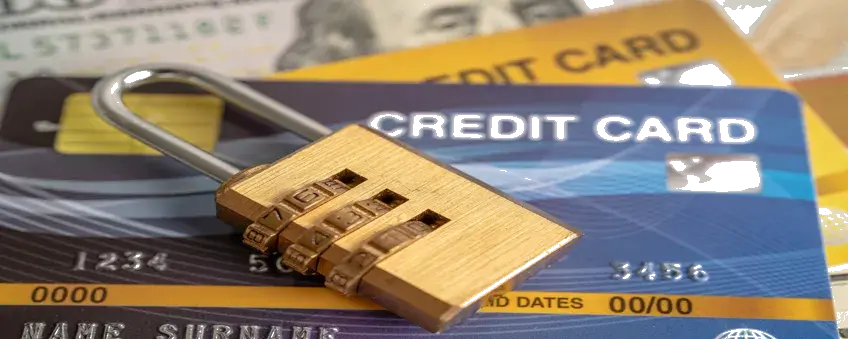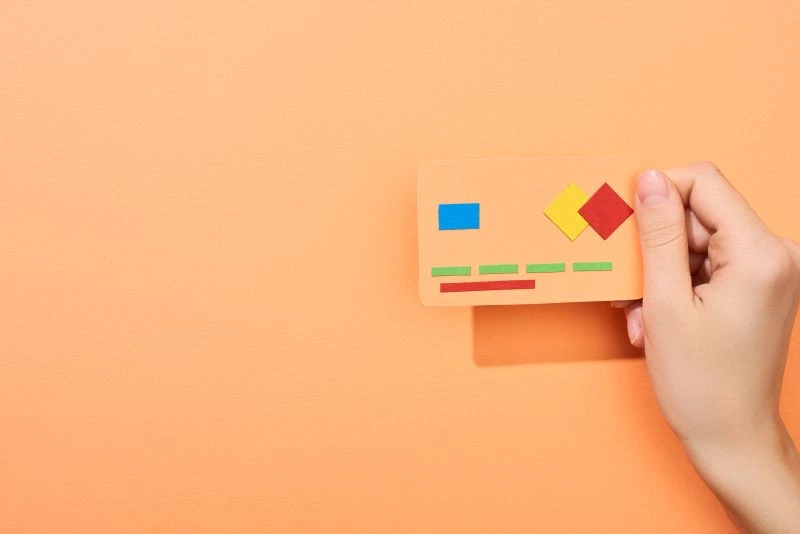Unless you’ve been living off the grid entirely, chances are you’ve made a digital payment. Between Venmo, Zelle, Apple Wallet, Google Pay, Tap to Pay, and more, there’s never been more options for how we conduct ourselves at check-out. With diverse technology, no external hardware, and shorter purchase time, it’s no wonder digital payments have become increasingly popular amongst consumers and merchants alike. Based on recent reports, no one understands this trend better than Visa.
Despite being a three-year-old technology, Visa’s Tap to Phone tool has its moment. Its global year-over-year user growth rate has reached 200%, and it has surpassed 234% in the US, UK, and Brazilian markets. Consumers appear ready to pivot from the traditional transaction experience, and merchants follow suit. Besides rising usage, is there anything else we should know about Visa’s shift toward digital features?
Key Takeaways
|
What Are Tap to Phone's Advantages?
Modern SoftPOS Technology
Due to its SoftPOS technology, TTP offers many benefits for consumers and merchants, mainly due to its efficiency and accessibility. With SoftPOS, the NFC chip in contactless cards communicates with the NFC chip in smartphones and securely and swiftly processes payments. This technology gives merchants more opportunities because they can operate their business anywhere with compatible phones. You can operate out of a food truck, at an art fair, or at a client’s house — the sky’s the limit as long as you have customers lined up. Currently, versions of Tap to Phone are available on Apple and Android smartphones, with Google using the name Tap to Pay on Android.
For the Merchant
Small businesses are especially drawn to this feature, accounting for 30% of Tap to Phone merchants. TTP adoption is particularly popular amongst beauty and barbershop businesses, restaurants, and retailers, confirming its extensive market reach. According to Visa, “Tap to Phone is a tech equalizer that allows sellers of all sizes, including new small businesses and micro-sellers, to access the same digital payment tools as large retailers.” In other words, TTP levels the playing field for smaller shops and companies, allowing the rising entrepreneur to join the market with a better blueprint for success.
For the Customer
Tap to Phone is also helpful to consumers. It’s easy to get and use, promising to make the sales process as pain-free as possible. Customers can set up a PIN or complete contactless payments through their card, phone, or smartwatch for extra convenience. To meet the needs of their customer base, 82% of surveyed small-to-mid-sized businesses are updating their payment practices to include digital payment options.
Visa's Other Digital Tools
Tap to Phone is not the only digital payment feature that Visa offers. Others include:
Click to Pay
What’s worthwhile about Click to Pay is that it removes the burden of having your credit card on hand when buying something online. You can set up your credit or debit card through your account, click the Visa pay icon when ready to purchase, and then you’re done. Like Mastercard’s new numberless debit cards, this tool aims to eliminate the need to enter long and complicated card numbers, making payment processing that much more straightforward.
Visa Installments
Following the Buy Now, Pay Later trend, Visa Installments allows consumers to make timely digital payments. To do so, you designate a Visa credit card, select your preferred payment plan, and allow your payments to be processed individually.
The Shift Toward Digital Payments
Today, the transition toward digital payments is becoming increasingly normalized. There are over 700K+ active TTP terminals in 71 countries, and Mobile POS payments dominate the industry with a projected transaction value of $12.56tn. Even Delta Airlines has incorporated Tap to Phone in its everyday operations, electing this tool as its in-flight payment method.
Ultimately, the merchant class has adapted well to this technology, but the changes aren’t stopping there. The digital payments market impacts society as traditional payment methods become progressively obsolete. The exact moment we’ll be done with physical POS systems remains up in the air. However, one thing may be for sure. The future is digital.





